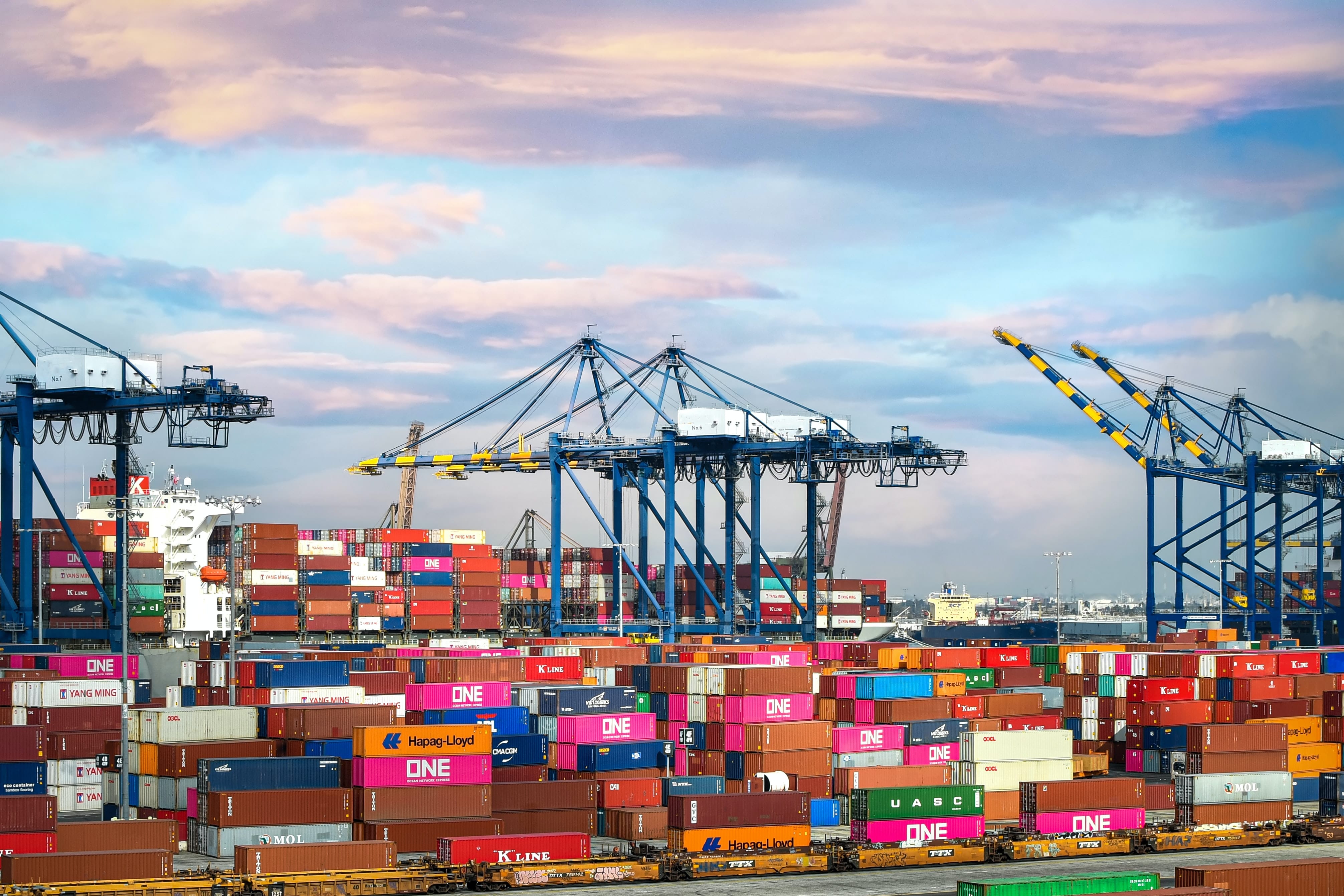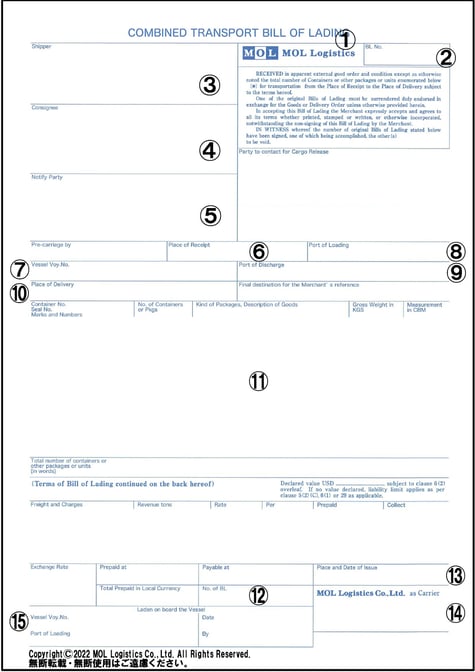2024.10.11 Knowledge
Equally important as the cargo itself! A beginner's guide to Bill of Lading (B/L)

Thank you for visiting the MLG BLOG.
Today, we would like to look at one of the most important documents in international logistics: the Bill of Lading (B/L).
Think about the time you sent a package from a post office. Just having the package with you is not enough. You need a shipping form filled out with details such as the sender, recipient, and contents.
The process is the same in trade.
In international trade, the documents similar to a shipping form are called the Bill of Lading (B/L) and Waybill. These documents, along with the Invoice and Packing List, are the most important.
Let's learn about the role of the B/L in trade!
<What is a Bill of Lading (B/L)?>
When sending out packages as an individual, you typically fill out the information on the form yourself.
A Bill of Lading (B/L) is a document issued by a shipping company to the Exporter, usually after receiving the cargo from the shipper and loading it onto the shipping vessel.
Let's take a look at what is written on the B/L.

① Shipper's Name
③ Consignor (Exporter)
④ Consignee (Importer)
⑤ Notify Party
⑥ Place of Receipt (Destination of Cargo)
⑦ Vessel Name
⑧ Port of Loading
⑨ Port of Discharge
⑩ Place of Delivery
⑪ Cargo Details
(Number of containers, number of cargo packages, Total Weight, Total Volume, HS Code, etc.)
⑫ Number of Original B/Ls issued
(Usually will be 3)
⑬ Place and Date of B/L Issuance
⑭ Signature of Carrier
⑮ Date of shipment on board and
the Laden on Board the Vessel
When you look at its contents, you'll find that it covers necessary information including those required while sending out individual parcels. It is crucial to note that a B/L isn't just a simple shipping form; it's a document with the following 4 functions.
① Receipt of Cargo
② Evidence of Shipping Agreement
③ Delivery Receipt of Cargo
④ Negotiable Instrument with Market Value
The role of a single document can vary based on the timing of usage and how it is involved.
- When the Carrier receives the goods from the Exporter = Receipt of Cargo
- When the Importer accepts the delivery of the cargoes = Delivery Receipt of Cargo
- When the Exporter requests the bank's guarantee under L/C (Letter of Credit) settlement = Negotiable Instrument
The Bill of Lading (B/L) holds significant importance, it is equally important as the cargo itself.
<What is a Waybill?>
Similar to a B/L, a Waybill serves as ① Receipt of Cargo and ② Evidence of Shipping Agreement. The information recorded on it is also the same. However, there is a crucial difference: it is not a negotiable instrument.
We will discuss the Waybill further in another blog post.
<Summary>
Given the various functions of the Bill of Lading (B/L), especially its role as a negotiable instrument, reissuing it after loss involves complicated procedures.
Furthermore, there are different types of B/Ls, and during transactions, there may be occasions in using "Surrendered B/L" and "(Sea) Waybill".
In our previous blog, we've discussed Surrendered B/L and (Sea) Waybill. Be sure to check out that article!
☞A guide to Surrender B/L and Sea Waybill






